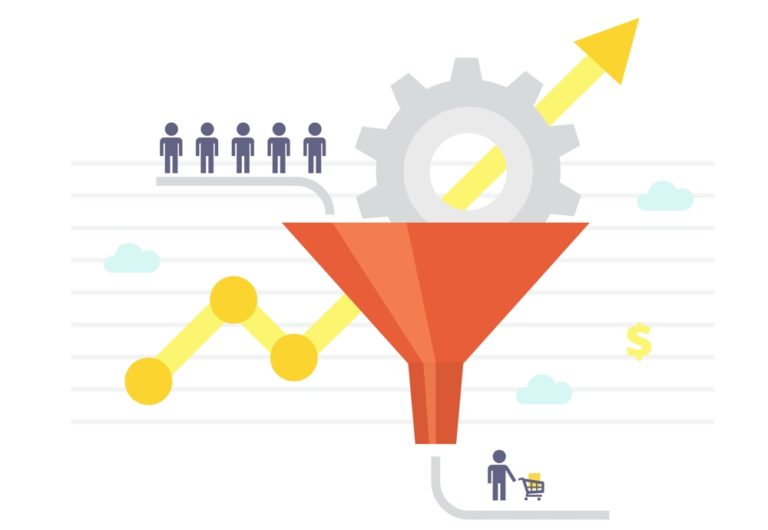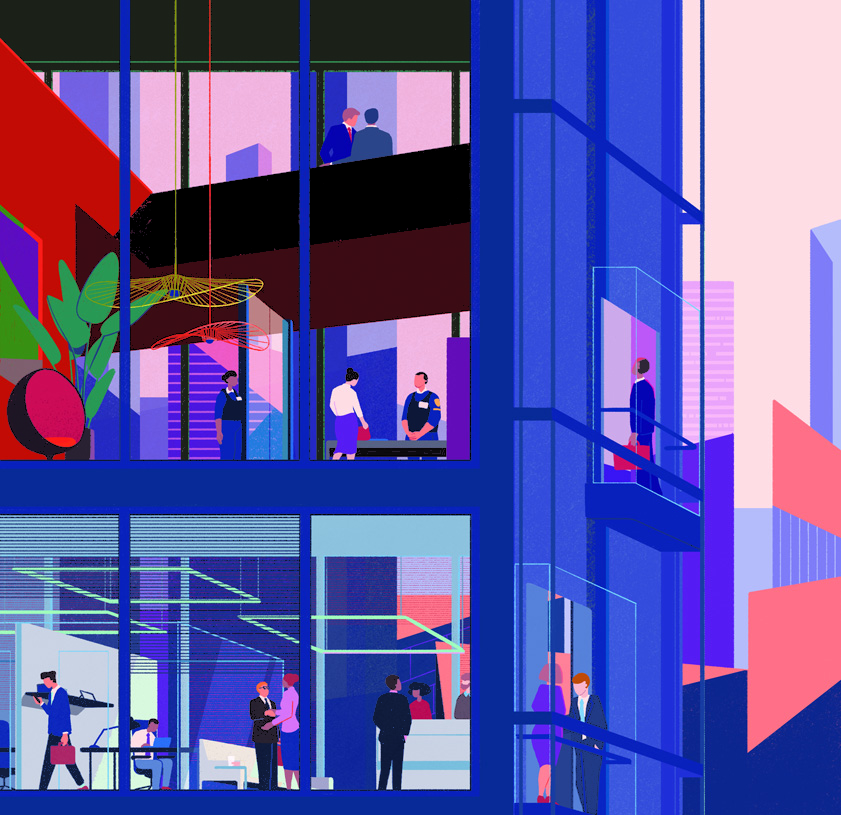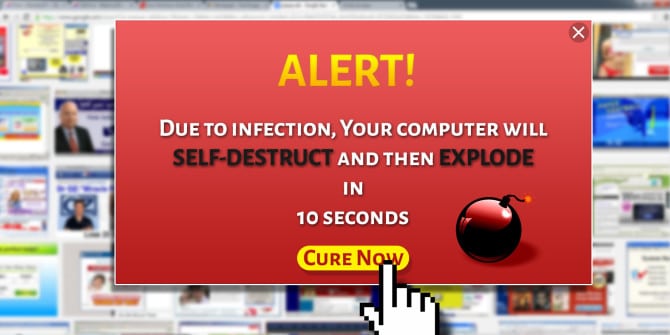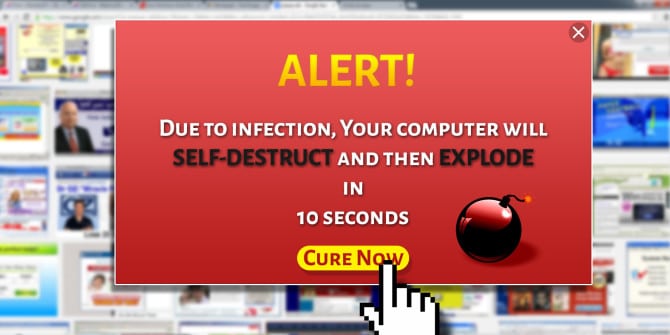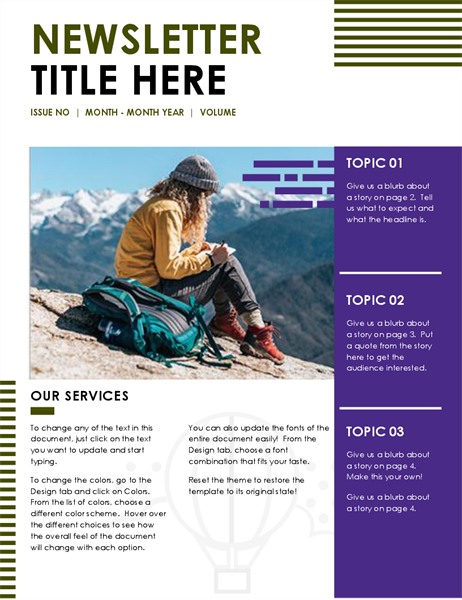The conversion rate of your site is a measurement of how many users interacting with your web pages take the next step. Whether that means signing up for a newsletter, making a purchase, sharing a post, or any other engagement, an optimization of your conversion rate is a goal every website owner should have.
The most practical way to optimize your conversion rate is to build a responsive web design with user friendly interfacing tools and a clear-cut aesthetic. Conversion rate optimization (CRO) starts with a strong, simple website foundation that easily integrates the tools you need.
While everyone can benefit from conversion rate optimization, there are specific types of user engagement that website owners can generate with effective CRO tools. Common goals of engagement that website owners want to “convert” users to take the step into doing include making a purchase, signing up for a mailing list, following on social media, sharing information on social media, contacting your business, and even just clicking to another page. There are two main types of CRO that you can utilize to meet these goals of engagement with your site: primary CRO and secondary CRO.
Primary CRO: Direct interaction with your site
When users interact directly with your website, the factors that guide their interaction depend on how you build your site and the tools you provide to them. Much of this depends on design, comfort, and information.
Visual Interest
The visual features of your site are the first and foremost aspects of your website that users will engage with. Because it’s your front line of interaction, it’s very important to have a clear design that showcases your brand’s aesthetic
Gaining the interest of your targeted audience is the initial step to increasing conversion rates. Appealing visuals is part of that, but it’s also very important to build your site with a simple, intuitive design. Information should be clear to users about your site, products, and purpose, and it should be a natural experience for them to move from one page to the next. Piquing user interest and keeping it is the first step in increasing conversion rates with responsive web design.
Trustworthiness
The internet can be a dangerous place. Users want to feel safe when they interact with a website, and it’s up to the website owner to ensure that trust. Things like pop-up windows, obscured links, and ads can severely reduce conversion rates and damage your website’s relationship with users. Building in links, windows, buttons, and other design features that are transparent in their motives, easy to understand, and show they are secure is a sure way to increase conversion rates.
CRO doesn’t mean tricking users into engaging with your site. It’s a way to open the door for new and return users to build trusted relationships with your website and everything else you offer.
Accessibility
A big part of supporting your website’s trustworthiness is making it as accessible as possible to users. This means having a fast load time for all pages, a clean build without errors, high resolution, and a logical structure of information. It also means your website should have all the information your users need to know, from contact information to details on where materials are sourced and what other parties you work with.
Improving conversion rates depends on users being able to use your site as the tool you want it to be used as. Keeping a perspective on how accessible each new part you integrate into your site is key in supporting CRO.
Navigation
One way to better understand how accessible your site is to users is by considering the way they will navigate through it. Supporting CRO requires a good navigational system that lets users click through your site and find exactly what they are looking for as quickly as possible. However, it can also provide room for exploration through other parts of your site that could lead to another conversion rate different from a user’s initial search goal. Exploration with your site’s navigation system can happen before or after your user makes their first conversion.
Practically speaking, this can mean a suggestion for another product after a user puts an item in their cart, or it may be an opportunity for users to perform a broad search on your site that brings up many products meeting the search term.
Secondary CRO: General interaction with your brand
While the majority of the conversion rate analytics come from direct user interaction with your site, secondary reactions also play a big picture role in CRO for your brand. Interactions external from your site, such as social media and press, often lead to a more direct conversion in the future.
Social media
If you don’t have a social media presence on popular platforms, you are significantly limiting your conversion rate potential. Not only is social media a source of free advertising exposed to a global audience, it’s also a tool for you to build a community around your brand.
For many site owners, too, social media is a way to humanize a commercial enterprise while showing constant news updates that may otherwise be unworthy of a full press story. For example, many use social media to show the staff involved, processes used, and other “behind the scenes” information.
Implementing all of these uses of social media for CRO and saturating multiple platforms with your brand profiles creates countless opportunities for backlinks to your website. Links directly from your profiles or from followers and similar brands are a large contributor to direct website traffic and increases in conversions.
Newsletters
Another common secondary interaction with your website and brand is a regular newsletter. Establishing a mailing list sign-up option on your site will let you collect a fan base that includes users who do not use social media or who want more in-depth information and updates about your business. Links through your newsletter bring users to your site where direct interaction and conversions occur.
Targeted Ads
As a website owner, you know what types of users your audience includes. An effective way to spread your website’s presence to new users is with targeted ads. Targeted ads are especially useful for finding new users on social media. In fact, many targeted ads are only activated through social media platforms. Users clicking on targeted ads are more likely to lead to a conversion because those users are open to interacting with an advertisement in the first place. Ads can seem untrustworthy, and users tend to stay away from them unless there is genuine interest. Be smart with your ads!
Community
Depending on your brand, you may be able to generate a real community around what products or services you offer, nonprofit actions you perform, or whatever else your website showcases. This community is built on various tools including social media, newsletters, and ads. Bringing together people who support what you do builds a natural support system for CRO. For many website owners, testimonials and anecdotes are some of their most persuasive elements for conversion. If you see a community forming around any aspect of your site, no matter how small, don’t underestimate disregard it. Foster community with interaction and content.
Build a Responsive Website
Implementing some or all of these CRO tools is an option for many website owners. These tools provide a standard for responsive web design formulated around CRO, but there may be other techniques unique to your own website you can use. MLT Group LLC can help you generate new ideas while utilizing tried and true methods for CRO and responsive web design.






